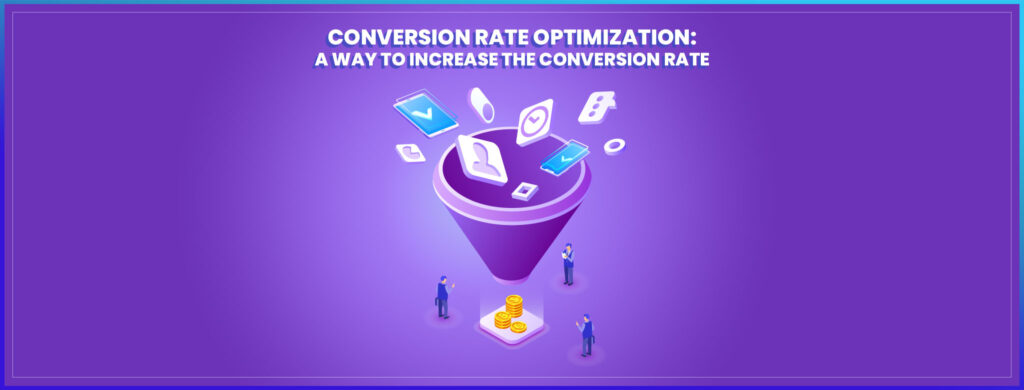A conversion is a term used to describe an activity done by a user on a website. It can be a simple act like a user simply clicking a button, or can be a complete action like a user completing an online order on a website. A conversion rate is a numerical value obtained by dividing total number of conversions by total number of visitors. By definition, conversion rate is basically a percentage of online users who took desired actions. Calculation and tracking of conversion rates is crucial for estimating the performance of a particular website. Therefore, it can be said that improving the conversion rate is crucial for growth and development of an ecommerce site.

Macro and Micro Conversions
Macro conversions are considered as primary goals of improving conversion rates as they create a direct impact on the business performance. Some of the common conversion actions that can be considered as primary goals are as follows:
- Online purchase
- Creating an account.
- Clicking on ads.
- Demo request.
Micro conversions are conversion actions that visitors perform to show their interests towards a product, brand or services. Viewing of web pages, social media share and watching videos are some examples of micro conversions.
Conversion Rate Optimization
Increasing conversion rate is crucial for improving ecommerce businesses. Conversion Rate Optimization, abbreviated as CRO, is a process that can be followed to increase the conversion rate of a website. It involves generating new ideas and concepts for site elements that converts a casual visitor into a customer. The first step is to identify specific conversion actions as primary goals so that business performance can be improved. Then appropriate techniques are implemented accordingly focusing on those primary goals. These techniques are given below:
Call to action: Call to action (CTA) is a particular design that calls for an immediate response or an immediate sale. It is a directive used in marketing campaign that helps to encourage visitors for taking a desired action. A CTA can be of different forms, ranging from text hyperlink to a simple button. Links with texts such as “Watch Now” or “Download Now” are examples of CTAs. They are generally used to keep a potential customer engaged on a website.
A/B Testing: It is testing process that involves a comparison between two different versions of the same website and observes the performance. Also called bucket testing or split testing, the A/B testing is generally used for identifying the best version of a particular website based on its performance. Statistical analysis is used for determining the better performance of the two variants.
Heatmap: A heatmap displays the user activities by delivering a graphical representation of a particular website and uses different colors as values. Heatmaps are efficient for displaying the popular web pages, popular links and user actions. Heatmaps are able to deliver a comprehensive overview of user behaviors.
User recordings: Also called session replays, a user recording is an effective mechanism that can be used to increase conversion rate. A user recording shows all the actions performed by a user, which web pages are visited, which buttons are clicked, etc. User recordings are crucial for understanding the user experience, difficulties faced and places of improvement.
Hope this blog gives you adequate information regarding conversion rate optimization. To discover more, visit our official website www.ranjhiyadigital.com or write to us at [email protected] and get to know our top – class services about website & app development, marketing automation, graphics design, digital marketing and many more.











